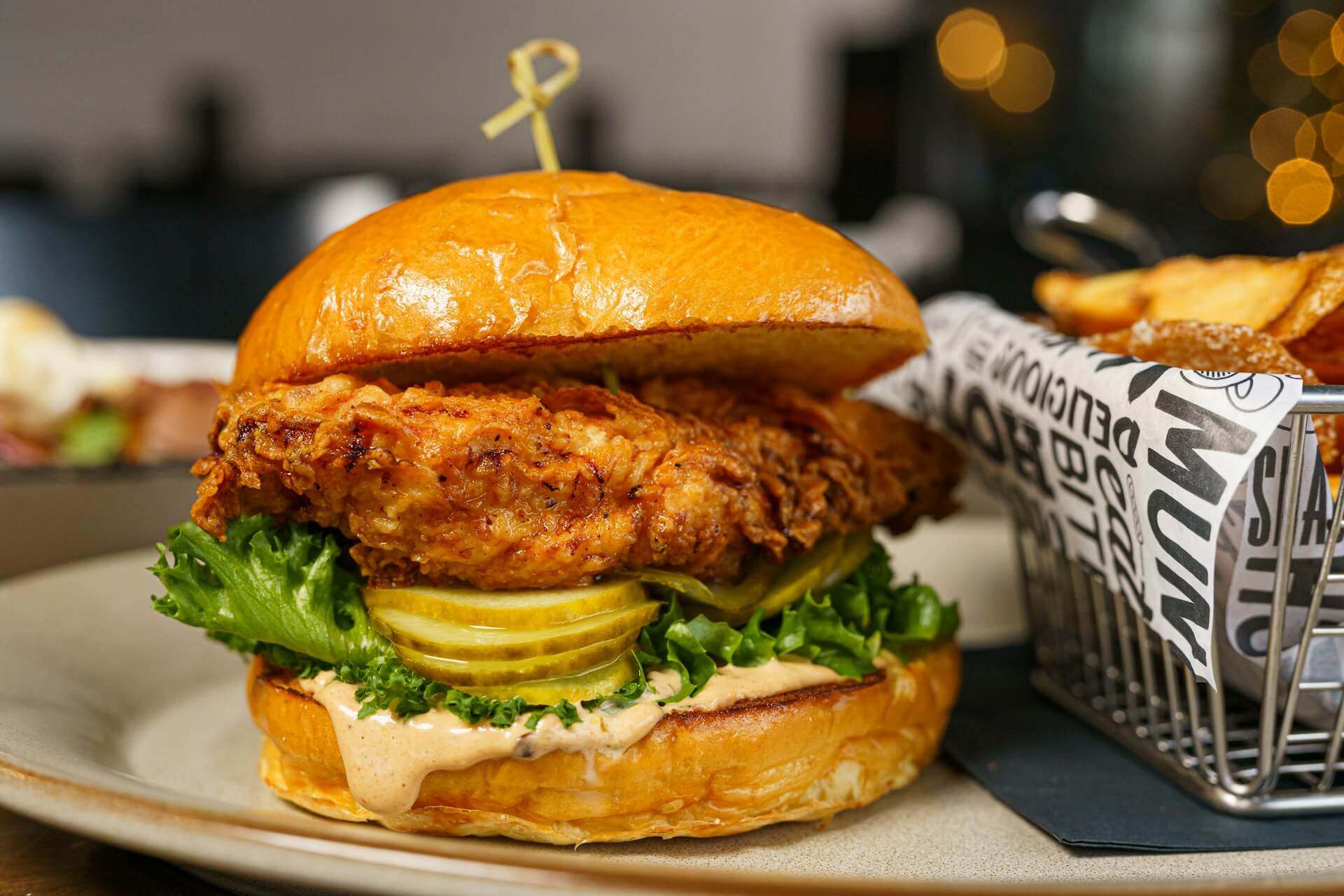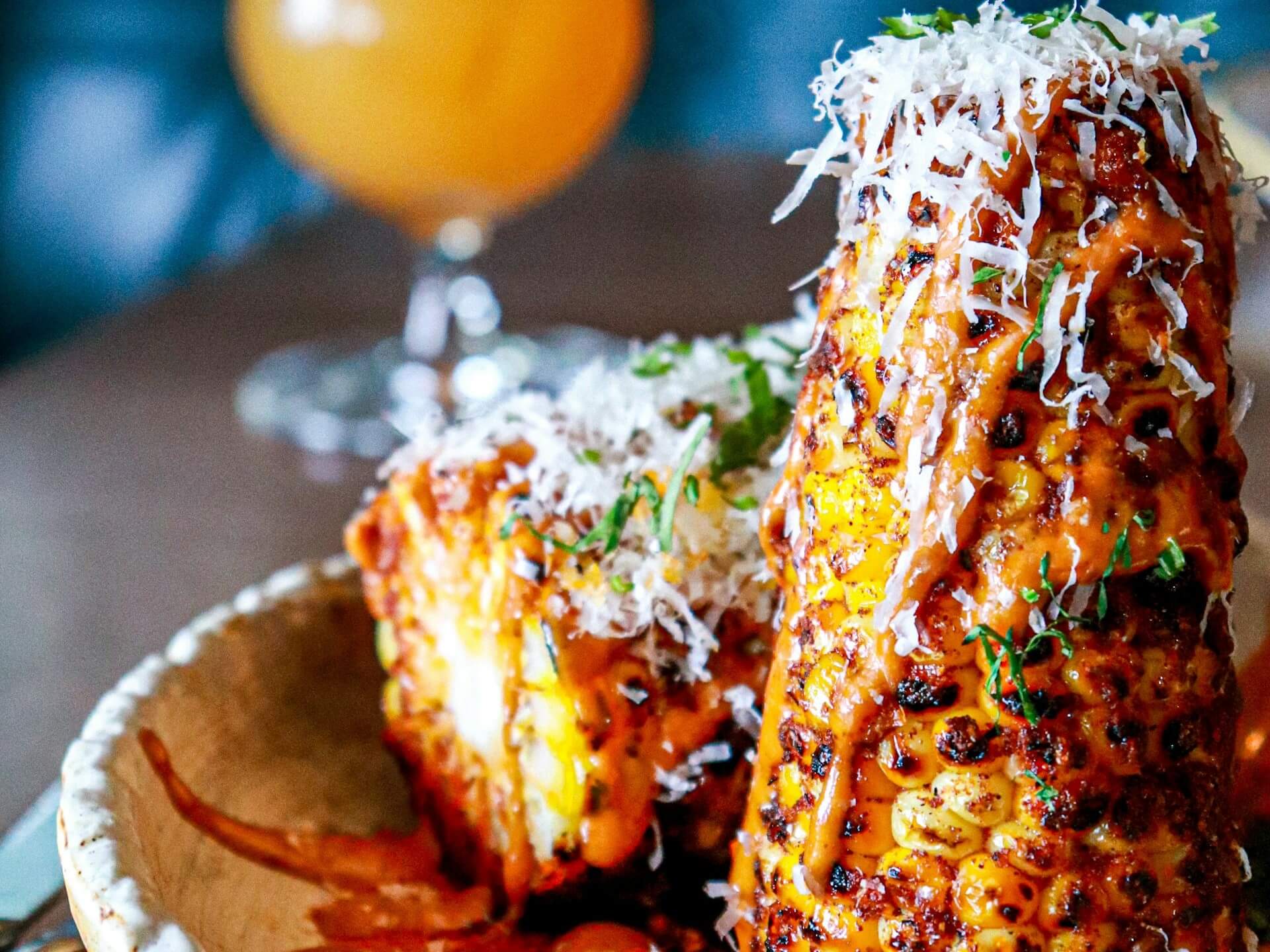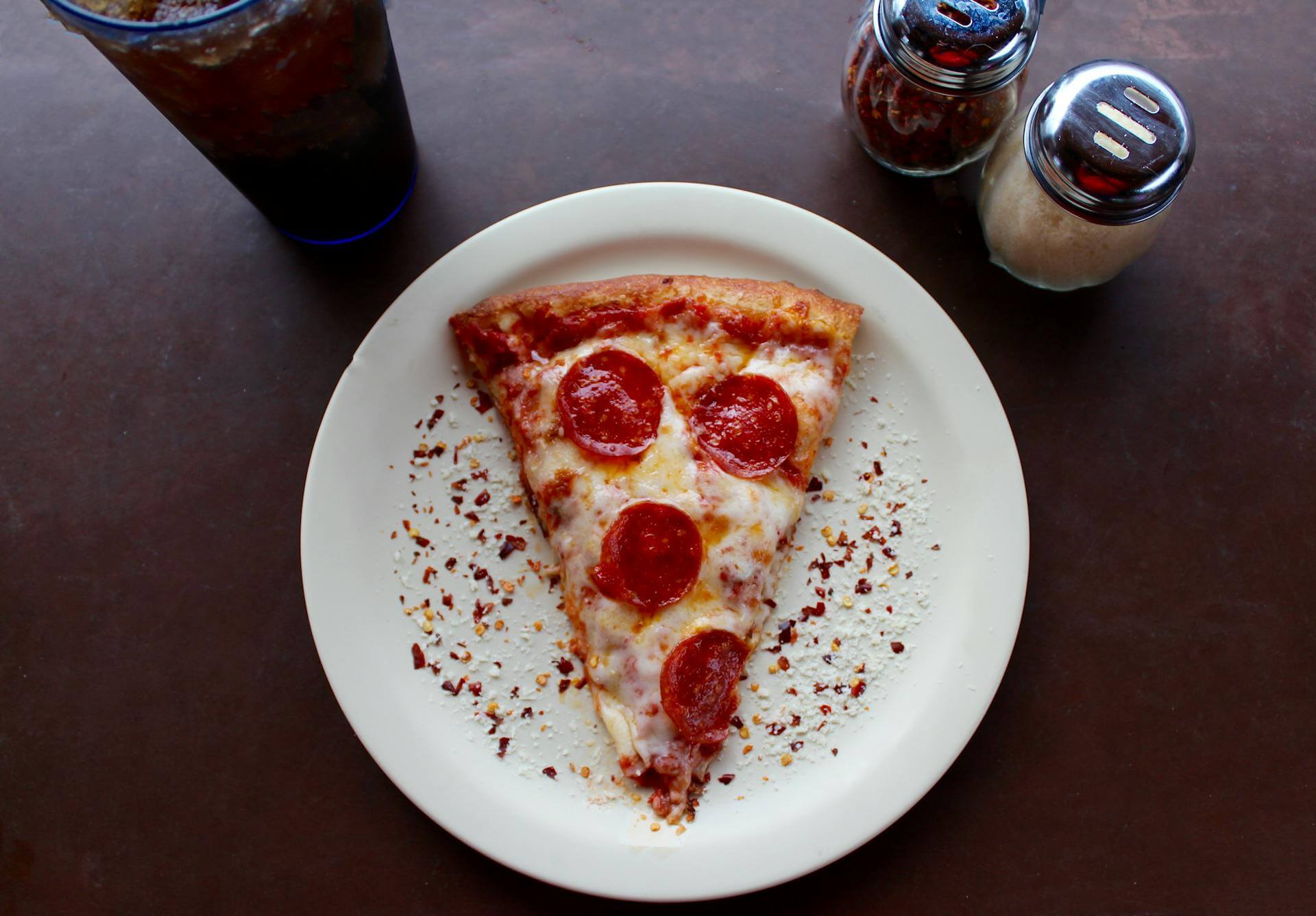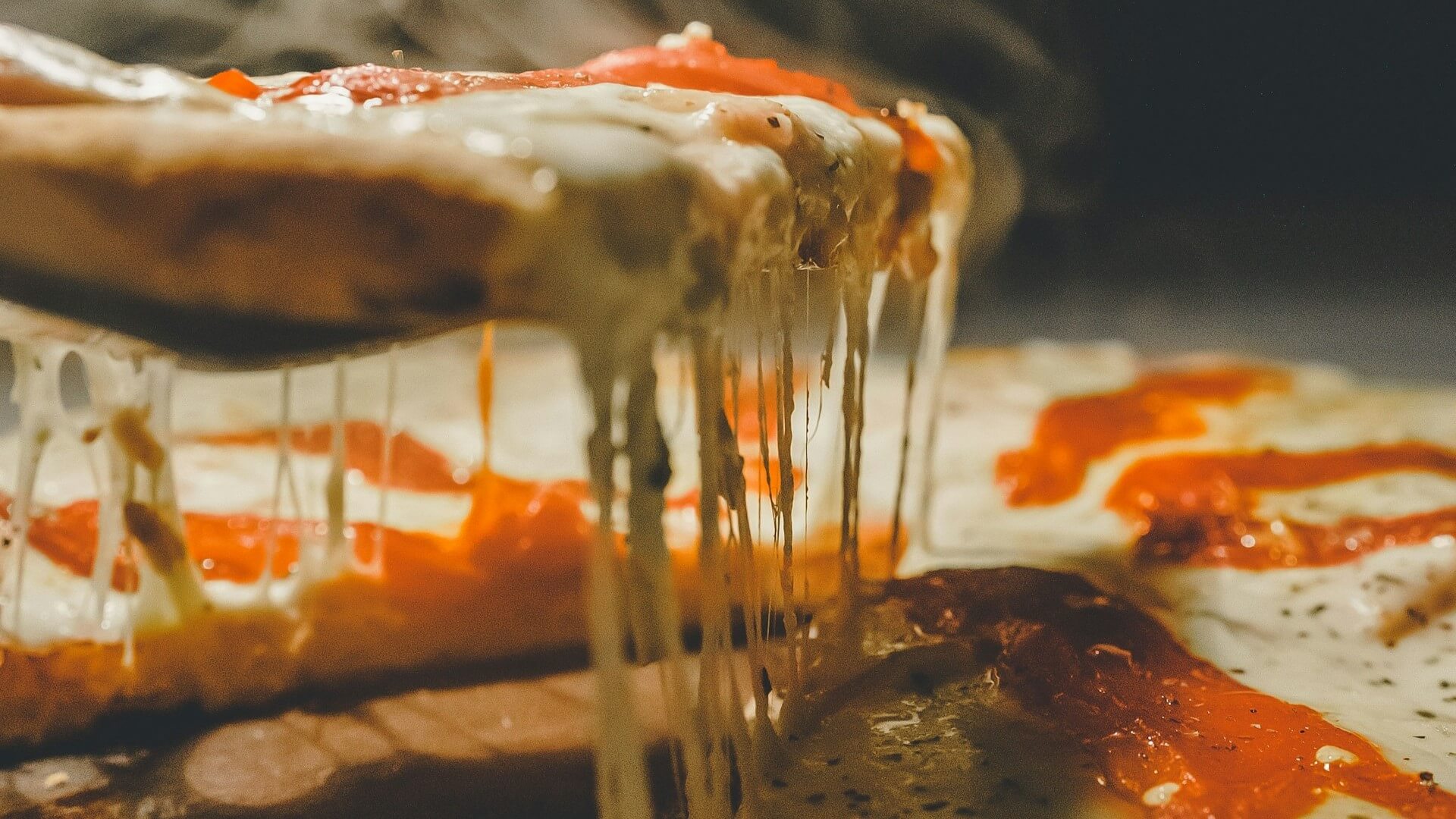Campbell’s Shares Tips for LTOs that Generate ROI
by David Klemt

Yes, the Chicken Sandwich Wars are still going strong in 2024.
We appreciate Campbell’s Foodservice’s reports and posts, and their most recent insights address how operators can succeed with LTOs.
For example, our look into their tips for leveraging nostalgia is here. And our thoughts on Campbell’s Culinary TrendPulse 2024 report are here for your review.
This time out, Campbell’s Foodservice, utilizing data from Technomic, Datassential, and other sources, is tackling LTOs.
If you’re a regular reader of KRG Hospitality’s industry insights, you know we love an LTO—if an operator executes it effectively. Along those lines, you probably also know that we view Taco Bell as a leader in the industry when it comes to leveraging the power of LTOs.
Not only does the QSR giant know what their guests want, they know how to generate demand. In fact, Taco Bell understands the power not just of LTOs but of tying them to their subscriptions. Take, for example, their Taco Lover’s Pass and the Toasted Breakfast Taco menu drop.
When approached with thoughtful consideration, well-executed LTOs are a crucial element of an operator’s marketing and branding strategy. They drive traffic and sales, boost guest engagement and loyalty, and attract attention from first-time guests.
Of course, crafting a gainful LTO—gaining profits, loyalty, and positive public perception—can be easier said than done. However, there are a number of steps you can take to get the ball rolling and come up with one that reflects your brand, and resonates with guests.
Four Steps
Kicking off their tips, Campbell’s Foodservice recommends keeping LTOs simple. As they say in their report, which you can read here, operators need not “reinvent the wheel” when developing these promotions.
You can differentiate an LTO menu item from its standard counterpart in a number of simple ways. A few examples are using a unique cooking process, crafting a limited-edition sauce, and featuring a distinctive and specific topping or two.
Another tip is to do your best to offer LTOs that embrace current trends. While sharing these tips, Campbell’s cites Datassential and the revelation that just 20 percent of all LTOs are recurring. That means that the vast majority of LTOs are new creations, not stalwarts like the McRib. To draw the attention of a wider swath of guests, feature regional and local items and flavors. Per Datassential, 70 percent of guests are interested in such LTOs.
Speaking of attention, operators should learn how to take and edit attractive F&B images. Or, as Campbell’s says, “make LTOs pretty.” Per Datassential, roughly a third of consumers will try an LTO if it looks appealing in an advertisement or in-store imagery.
Finally, and this one is crucial as it embodies the previous three tips, leverage seasonality. It’s currently summer, so what can you add in the way of flavor to an existing item? Is that item regional and locally sourced? Will photographing it and crafting a sharp post communicate the season and inspire a bit of FOMO? These questions can help guide your approach to crafting profitable LTOs.
Oh, and to help you get started, I’ve shared Campbell’s season flavor suggestions below. Cheers!
Campbell’s Foodservice Seasonal Flavors
Not only did Campbell’s share tips for succeeding with LTOs, they also provided several examples of seasonal flavors to inspire you and your team.
Since it’s July, I’ll start with their summer suggestions.
Summer: basil, blackberries, corn, cucumbers, peaches, tomatoes, watermelon, zucchini
Fall: artichokes, cranberries, edamame, parsnips, pears, pumpkin, sweet peppers, tomatillos, turnips,
Winter: butternut squash, persimmons, radishes, salsify (a root vegetable), sunchokes, sweet potatoes, tangerines
Spring: asparagus, fava beans, pea greens, rhubarb, snap peas, spring onions, strawberries
Campbell’s Foodservice sources:
- Foodservice and Hospitality: A strong LTO strategy helps operators retain and grow their customer base (March 2024)
- Datassential: Limited Time Offers Keynote Report
- Technomic: 162 Best-in-Class LTOs for 2023
- Food & Drink Resources: A Limited Time Offer Strategy For Restaurants
- Your Guide to Seasonal Fruits and Vegetables, The Spruce Eats
- Datassential: State of the LTO 2024
Image: Hybrid Storytellers on Unsplash














